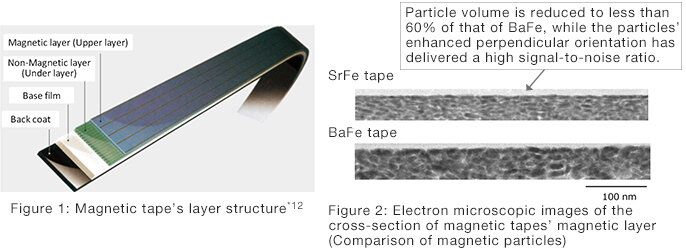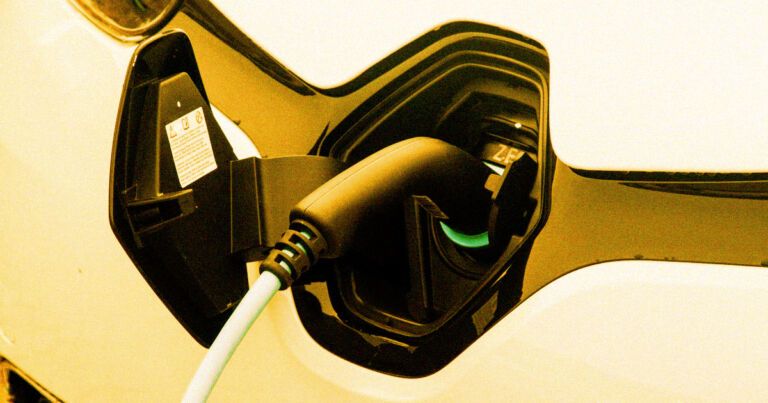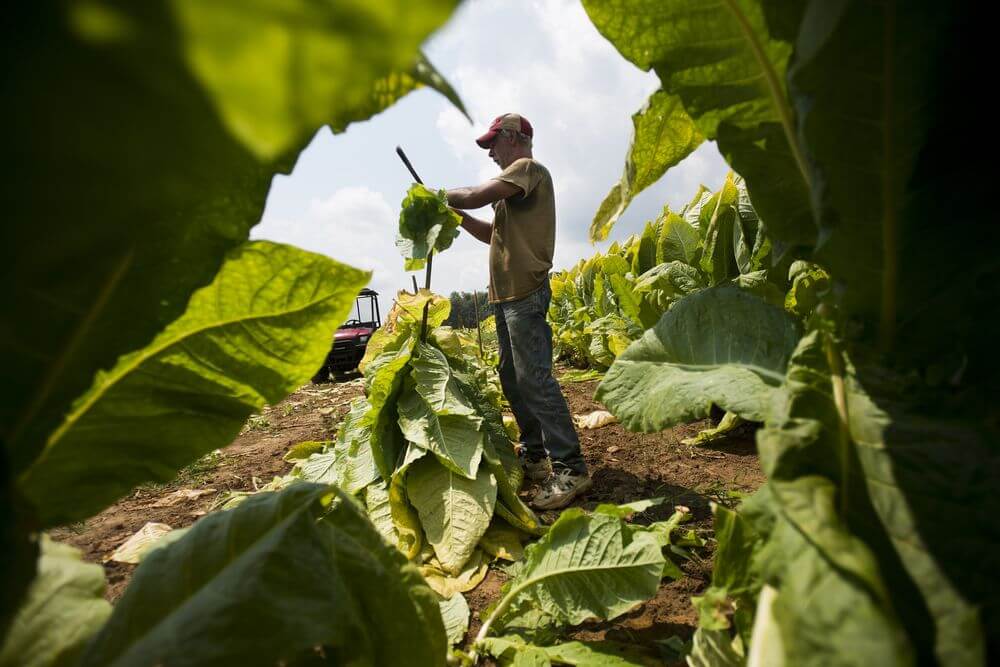
Super-fast quantum computers and communication devices could revolutionize countless aspects of our lives—but first, researchers need a fast, efficient source of the entangled pairs of photons such systems use to transmit and manipulate information. Researchers at Stevens Institute of Technology have done just that, not only creating a chip-based photon source 100 times more efficient that previously possible, but bringing massive quantum device integration within reach.
“It’s long been suspected that this was possible in theory, but we’re the first to show it in practice,” said Yuping Huang, Gallagher associate professor of physics and director of the Center for Quantum Science and Engineering.
To create photon pairs, researchers trap light in carefully sculpted nanoscale microcavities; as light circulates in the cavity, its photons resonate and split into entangled pairs. But there’s a catch: at present, such systems are extremely inefficient, requiring a torrent of incoming laser light comprising hundreds of millions of photons before a single entangled photon pair will grudgingly drip out at the other end.


















